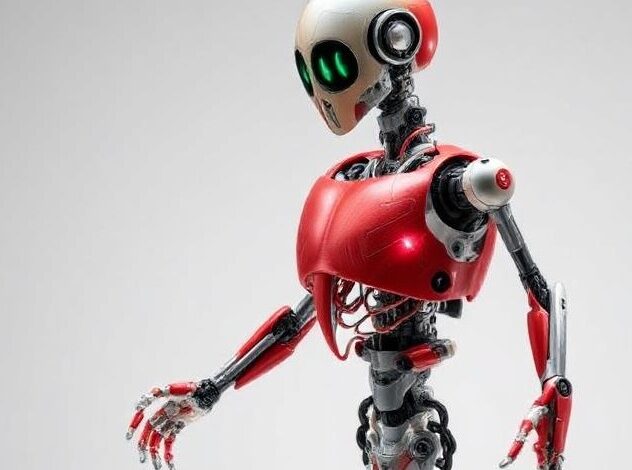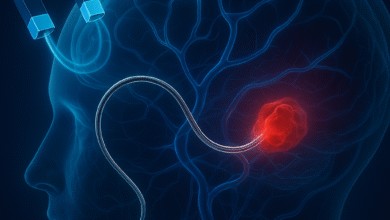Biohybrid Robots: Pioneering Muscle Regeneration and Adaptive Robotics

In a groundbreaking advancement at the intersection of biology and robotics, researchers have developed biohybrid robots capable of regenerating muscle tissue, heralding a new era in regenerative medicine and adaptive robotics. These innovations blend living muscle cells with synthetic structures, enabling robots to self-heal, adapt, and perform complex movements.
Engineering Living Muscle into Machines
Biohybrid robots integrate biological tissues, such as skeletal muscle, with artificial frameworks to create machines that mimic the adaptability and resilience of living organisms. A notable development involves the encapsulation of skeletal muscle tissue within a collagen structure, allowing the robot to operate in air without the muscle drying out. This design maintains high cell viability and contractility, enabling the robot to move through muscle contractions.
To address the challenge of muscle tissue drying out in air, researchers have incorporated perfusable tubes within the collagen structure. These tubes facilitate the continuous supply of culture medium, extending the robot’s operational time from 15 minutes to over an hour. This innovation ensures sustained muscle function and paves the way for more durable biohybrid systems.
Advancements in Muscle Regeneration
Beyond mechanical movement, biohybrid robots are now being designed to regenerate muscle tissue. By seeding the collagen structure with fibroblast-like cells, such as NIH3T3 cells, researchers have demonstrated the formation of a viable cell layer on the robot’s surface. This layer not only protects the underlying muscle tissue but also contributes to its regeneration, enhancing the robot’s longevity and functionality.
Further advancements involve the development of biohybrid robots powered by antagonistic pairs of skeletal muscle tissues. This configuration allows for bidirectional movements and more complex actuation patterns, closely resembling natural muscle function. Such designs have achieved significant actuation angles and extended operational lifespans, demonstrating the potential for more lifelike and durable biohybrid machines.
Integration with Neural Systems
Pushing the boundaries of biohybrid robotics, scientists have begun integrating neural components to create systems that mimic the human motor system. One such innovation is the development of a biohybrid robot-on-a-chip, which combines cerebral organoids, motor neuron spheroids, and muscle bundles on a solid substrate. This setup allows for the transmission of electrophysiological signals from the brain organoid through motor neurons to the muscle bundle, resulting in controlled muscle contractions. Such systems hold promise for studying neurodegenerative diseases and evaluating drug effects in a controlled environment.
Future Prospects and Applications
The convergence of biological tissues and robotics opens up myriad possibilities across various fields:
- Medical Rehabilitation: Biohybrid robots could lead to advanced prosthetics that integrate with the user’s nervous system, offering more natural movement and self-healing capabilities.
- Drug Testing and Disease Modeling: Biohybrid systems that replicate human muscle and neural interactions provide platforms for testing pharmaceuticals and studying diseases without relying on animal models.
- Soft Robotics: The adaptability and resilience of biohybrid robots make them ideal for applications requiring delicate interactions, such as surgical tools or assistive devices.
As research progresses, the integration of living tissues into robotic systems promises to revolutionize the way machines interact with the world, making them more adaptable, resilient, and lifelike.




